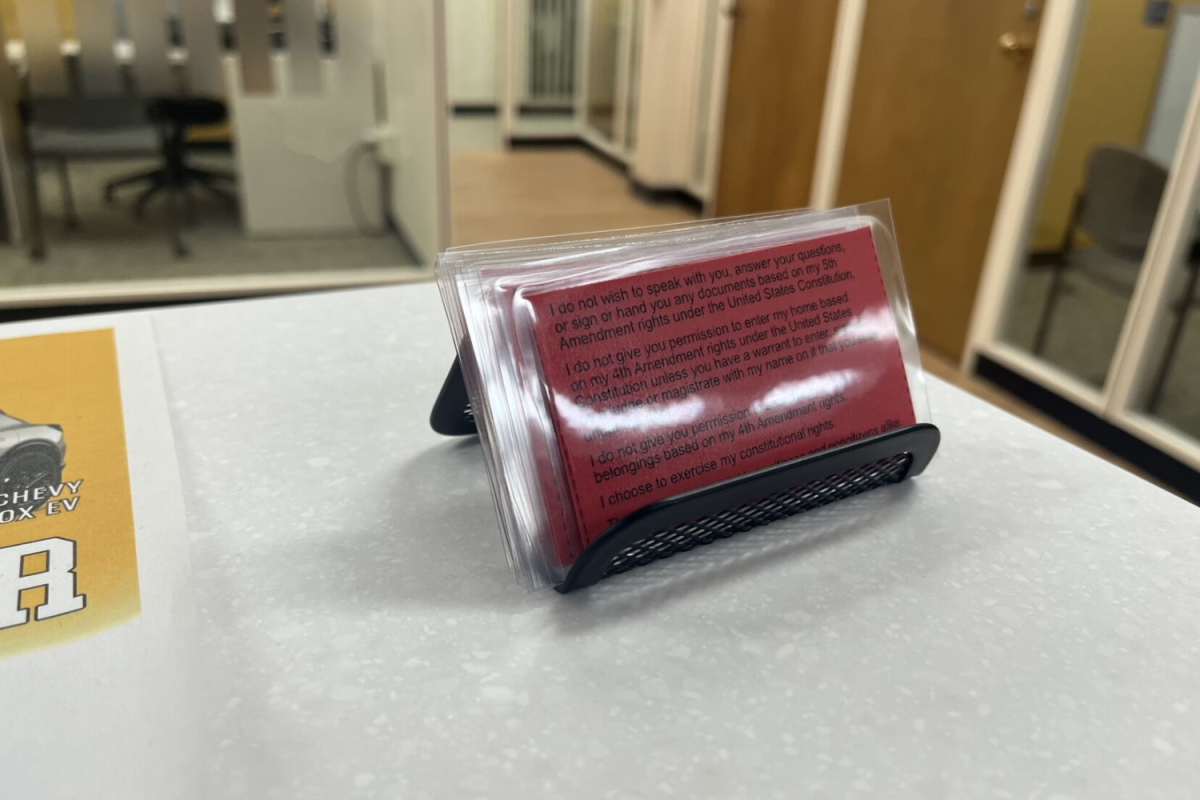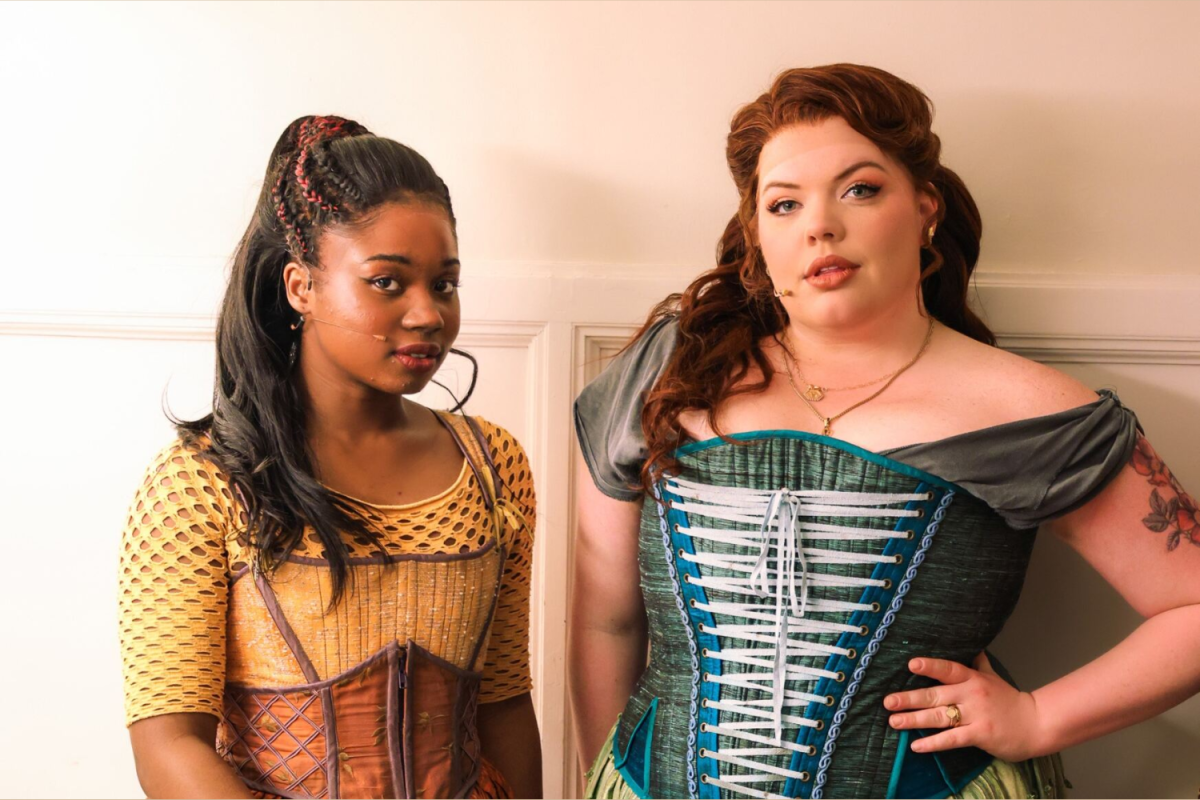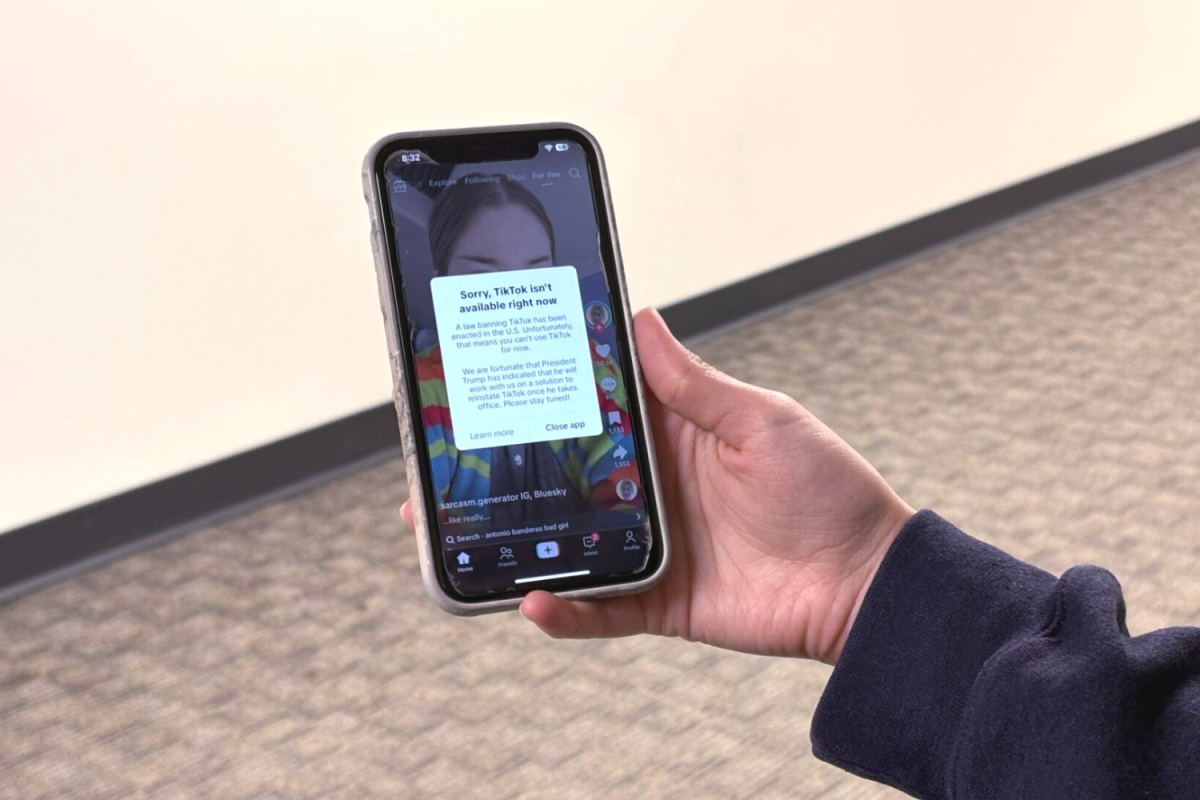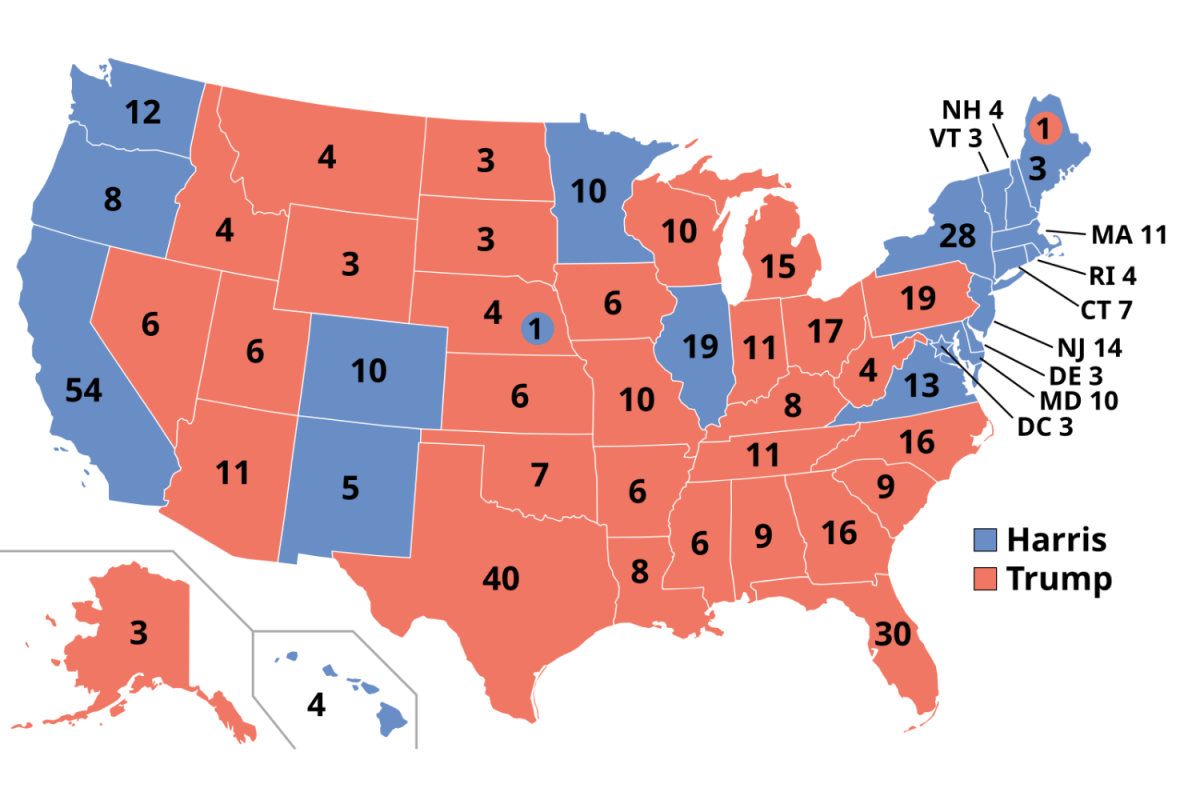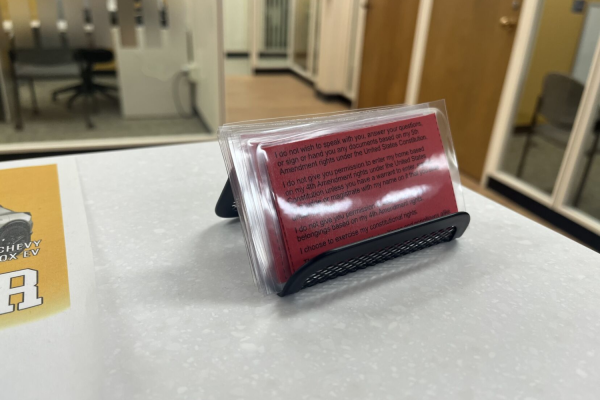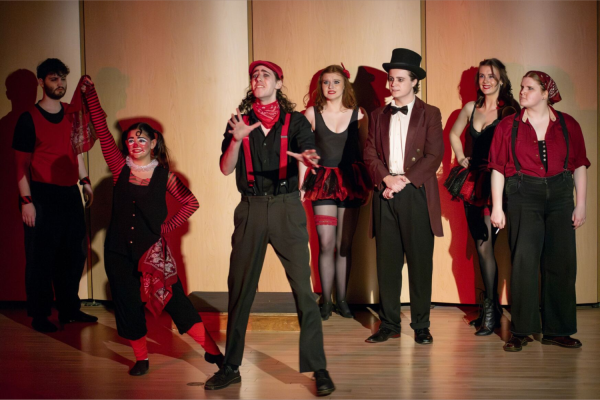Rec Center’s Dress Code Prompts Student Action
The Lou Higgins Recreational Center asked numerous students to change their workout attire over the past few years. The Rec Center enforces a policy restricting students from exposing their midriff and torso. Shirts that violate this policy include crop tops and low-cut muscle tees. This dress code has left many patrons frustrated and wanting change.
A Rec Center employee asked Senior Cecilia Cooper to change her cropped shirt while working out. She came from the opposite side of campus, had no other clothes, and left the gym before finishing her workout.
“Being dress-coded made me feel like I was being watched,” Cooper said. “Which was a very uncomfortable feeling as a person and as a woman; it made me uncomfortable, and it made me feel ashamed and embarrassed.”
Cooper decided to share her experience on social media and received feedback from peers that were dress-coded in the past semester, sharing the same sentiments.
“I feel like the vast majority of female-identifying students are feeling the same sorts of things,” Cooper said. “From my experience, a lot more people have been dress-coded than I even knew about.”
Junior Grace Smith decided to create an Instagram page dedicated to spreading awareness about the policy and its effects after she was dress-coded.
“Social media is such a powerful tool now to be able to have your voice heard and spread information there,” Smith said. “There are so many students, faculty, and clubs that are engaged with social media, and it allows you to reach a wider audience.”
Smith received a mix of responses to the page. She said plenty of students have shown their support, but some do not see an issue or think there needs to be a change.
Christine Varga, assistant director of campus recreation, said the Rec Center is aware of students’ frustrations but worries about misinformation spreading, like the policy targeting only women.
“We want to hear from students, and we like that they advocate for themselves,” Varga said. “But rules just can’t change because a lot of our policies are really based on safety, keeping the user and the equipment safe.”
According to Caroline Kessler, the coordinator of campus recreation, the Rec Center established the dress code to prioritize student health and prevent diseases like ringworm and MRSA from spreading.
“It’s really about covering the midriff area and protecting the body from the equipment,” Kessler said. “If someone were to not wipe it down, diseases are commonly spread in a weight room area.”
Several schools in the Ohio Athletic Conference, such as John Carroll, Marietta, Mount Union, and Capital University, do not enforce dress codes banning midriff revealing shirts.
“We are always benchmarking to see what other institutions are doing,” Kessler said. “It all comes down to what’s best for our institution and our equipment and making sure for our patrons what is right.”
The dress code also restricts students from wearing jeans, khakis, belts, and open-toed shoes.
The Rec Center is currently working on a website that will include the entire dress code, but students can find specifics posted in the weight room.
CORRECTION: A previous article, “Rec Center’s Dress Code Prompts Student Action,”said that several schools in the OAC do not enforce a dress code banning midriff revealing shirts. Further investigations revealed that some of the universities listed have dress codes restricting cropped tees.
The Exponent is looking for financial contributions to support our staff and our newsroom in producing high-quality, well-reported and accurate journalism. Thank you for taking the time to consider supporting our student journalists.




